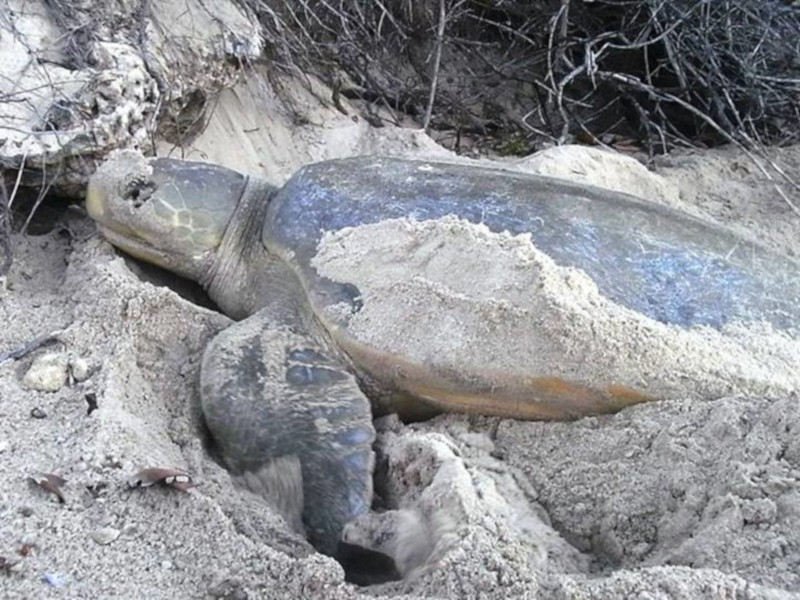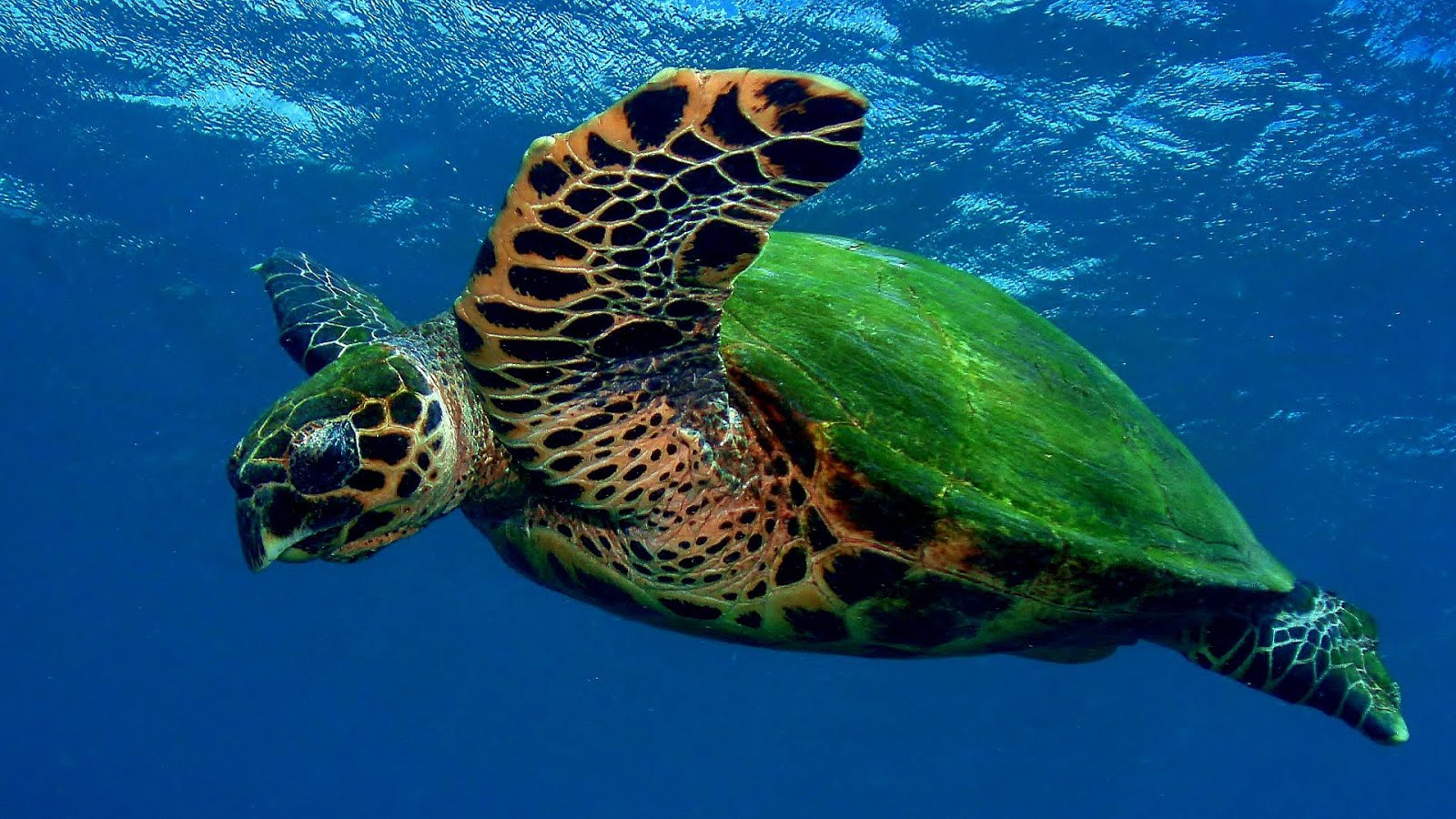

Sometimes diseases such as fibropapillomatosis, an illness that cause the development of external benign tumors, affect the anatomical functionality of these sea turtles. On land, they have several natural enemies that eat the eggs or attack the hatchlings as foxes, dogs, birds, lizards and if they were not enough dangers, even saltwater crocodiles, the largest reptile in the world, has been observed attacking females that arrive at the beaches to nest. The natural predators of adults are killer whales ( Orcinus orca) and some species of Sharks. The main nesting sites are in several locations scattered across Queensland, the Northern Territory, and Western Australia. However, this turtle does not show a “Frenzy period” as some of the other species. Once they break and leave the shell, they instinctively go to the sea and remain in shallow waters of the continental shelf. If the nest stays below 29° C, the hatchlings will be males, but if the heat exceeds that limit, females will be born. Like all sea turtles, the nest temperature will determine the gender of the hatchlings. They breed during any time of the year, but this activity increases during the months of June, July and August.

Some females nest up to four times per season with an interval between 13 to 18 days. The hatchlings are also slightly larger than those of the other sea turtles, and they are born about 55 days after the mother spawned the eggs in the nest. They have a diameter of approximately 2 inches. However, the eggs of this turtle are larger than those of the other species. That is why they stay away from rocks and rocky seabed.įlatback Sea Turtle – Natator depressus/ Author: Alan Riverstone McCulloch Reproductionįlatback sea turtles lay about 50 eggs per nest, a low number when compared to the other species that deliver between 100 to 200 eggs. The carapace of the flatback sea turtle is thinner than those of other species, and it can get easily hurt by hard surfaces. However, they like soft sea bottoms with sand or plants and they do not inhabit coral reefs.
#FLATBACK SEATURTLE DESCRIPTION FULL#
Zones close to the Great Barrier Reef are also part of its distribution area as well, where there are abundant food and an environment full of animal life.

The primary nesting sites are from northeast to northwest Australia through Queensland, in the Northern Territory of Australia But the most important breeding place is on the Crab Island. They stay in waters less than 60 meters deep very seldom enter the waters of the high sea or venture far than the continental shelf. They nest on beaches of the north of Australia, southern Indonesia, and Papua New Guinea. They are distributed exclusively on Australian coasts, making this species the one with the smallest geographical range of distribution of all species of sea turtles. The carapace of an adult is approximately 0.90 meters long, and they are fast swimmers reaching up to 29 km/h. Recognizing flatback sea turtles is easy noticing the smooth carapace, five central scutes and four side scutes on it.Īdults weigh up to 90 kilos and are one meter long. It bears that name for its oval shell that lacks edges and protuberances. The plastron area (the underside part of the turtle) looks pale yellow as all the species of sea turtles.įlatback sea turtles are recognized by a pair of prefrontal scales on the front of their head and four side scutes on each side of their shell. The carapace of this turtle is grayish-green or olive green like the flippers, but the rest of the body is between yellow and light green. It is also called Australian flatback because it is native to the north coast of this country. The flatback sea turtle has this unusual name for its particular oval shell that lacks ridges and protuberances, making it look flat, smooth and slightly curved down. Flatback Sea Turtle – Natator depressus Description


 0 kommentar(er)
0 kommentar(er)
